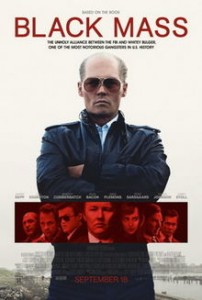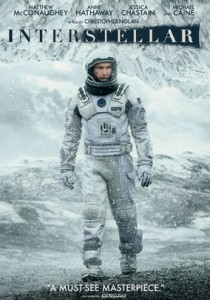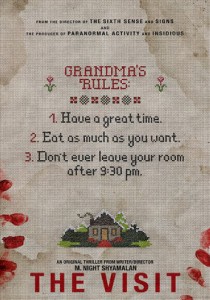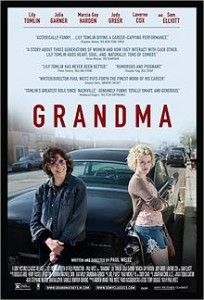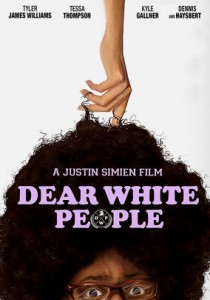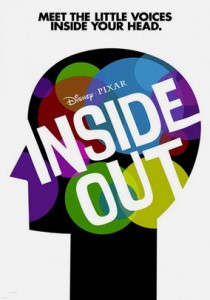Black Mass-2015
Director-Scott Cooper
Starring Johnny Depp, Joel Edgerton
Scott’s Review #278
Reviewed September 28, 2015
Grade: B+
A dark tale of crime, corruption and Irish mob ties encompass Black Mass, a crime drama based on the life and times of infamous Boston crime lord Whitey Bulger.
Set primarily in Boston, with a segue to sunny Miami during the 1970s and 1980s, the film primarily focuses on the intricate dealings between Bulger and childhood friend John Connelly, now FBI, as he uses Bulger as an “informant” to secretly bring down an Italian mafia figure, but slowly becomes more involved in Bulger’s sinister world.
Beginning in 1975, the film is authentic in its use of the styles, cars, and looks of the times in Boston during that period. Plausibility is apparent along with powerful acting from top to bottom.
The stellar cast of Black Mass, and it is a hefty cast, features an array of well-known and capable actors, which adds a level of realism to the film.
Led by Johnny Depp as Whitey himself, Depp gives an eerie, hypnotic performance as his bright blue eyes sparkle in a devious way.
Whitey is ruthless and will do whatever is needed to keep power and control. Joel Edgerton, like Connelly, is arguably the lead character in the film, though Depp gets top billing. Edgerton, in real life quite handsome, appears frumpy, and as a regular Joe type.
Supporting turns by Benedict Cumberbatch, as Whitey’s powerful Senator brother, is crafty and sleek, but corruption shrouds him. Kevin Bacon, Dakota Johnson, Peter Sarsgaard, and Julianne Nicholson portray smaller yet pivotal roles and all do a fine job.
The screenplay is intelligently written.
The story itself is quite dark and there is nary a laugh or a light moment throughout.
There are numerous deaths, the victims shot at point-blank range, but also two deaths in particular, where the victim’s suffering is prolonged and the scenes are cringe-worthy. Needless to say, the film is very violent and given the subject matter, is riddled with foul language.
One impressive aspect of Black Mass is it is a character-driven tale and the fact that it is based on a real-life person adds to this.
But not only was Bulger fleshed out, but John Connelly was written very well. Gradually becoming immersed in the crime world as opposed to the world of law, we see Connelly sink deeper and deeper into Bulger’s world, and not so unwillingly either.
He loses his wife Marianne (Nicholson) along the way as she tires of the danger and corruption surrounding her. A chilling scene occurs when Bulger confronts Marianne in her bedroom, after observing negative vibes from her, and warns her in a flirtatious way, never to cross him. As he caresses her face and slowly firms his grip, it is a rather frightening scene.
The dialogue is crisp. When Bulger is invited to a steak dinner at Connelly’s house, there is awkward tension at the dinner table. Jovial small talk over the preparation of the delicious marinated steak everyone is eating comes to the forefront as Bulger asks Connelly’s partner to reveal his family secret recipe for the favorite steak he has ever eaten.
When the partner eagerly confesses the recipe, he is subsequently berated and coldly quizzed as to whether he would give up Bulger’s secrets as easily.
This is one of the best scenes in the film.
Comparisons to Goodfellas are evident but without the fun. I thought of The Departed throughout the viewing as well.
I think director Scott Cooper goes for and successfully achieves, good straight-forward, dark story-telling. Take the number of killings. The organized crime world is a dirty, intense, unkind world and Black Mass portrays this well.
Black Mass is a success on many levels. The superior acting coupled with smart, detailed writing, and truthfulness creates a very good film. Just be sure to remember it is a heavy one.
